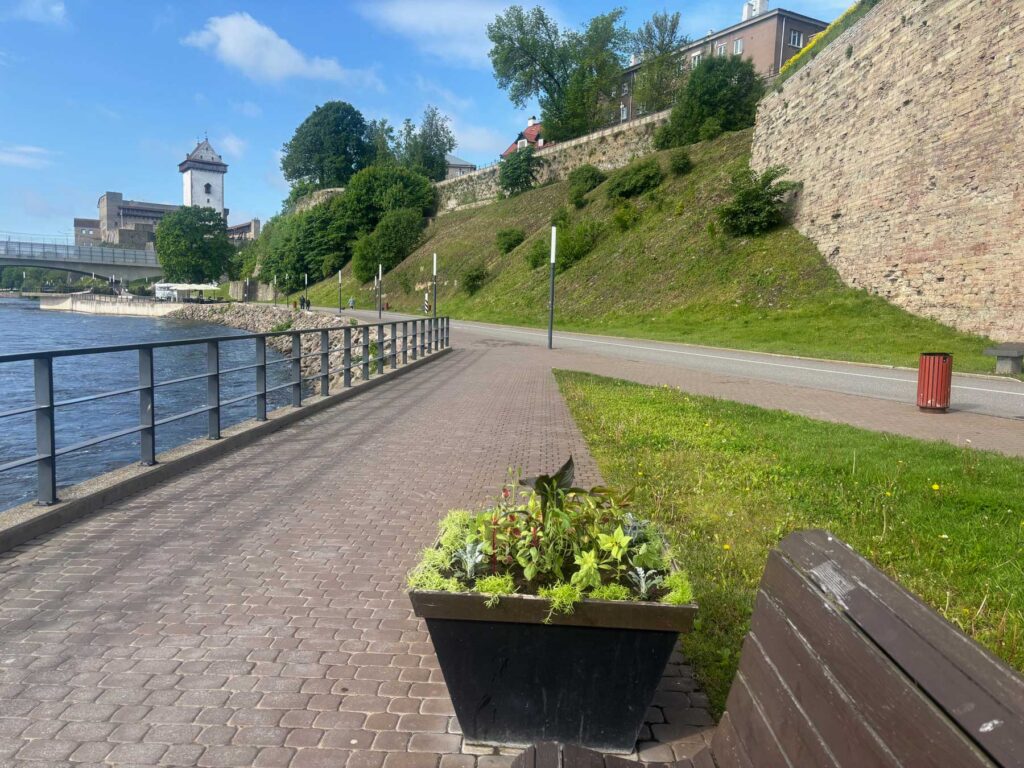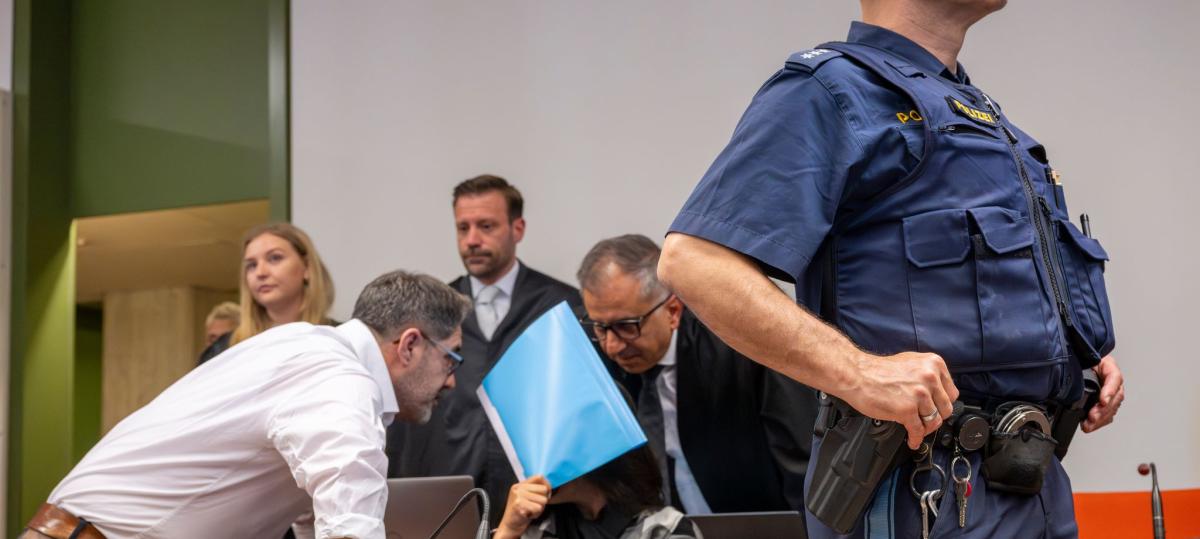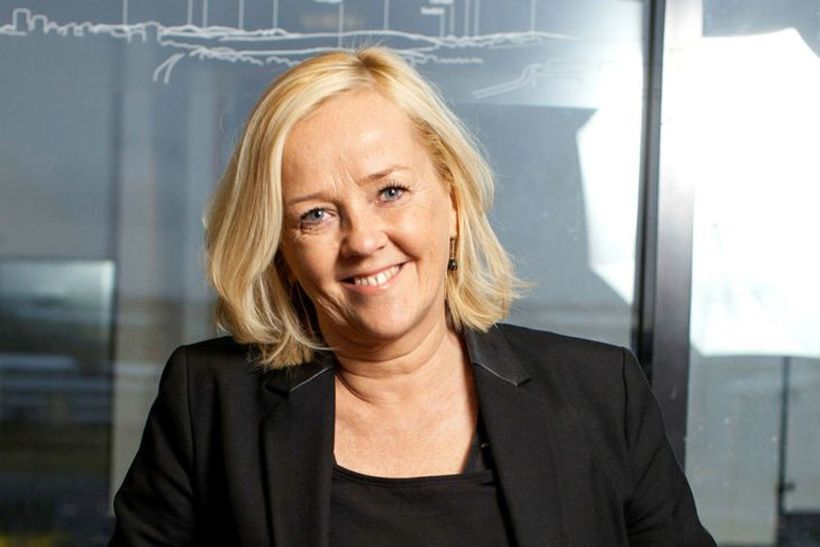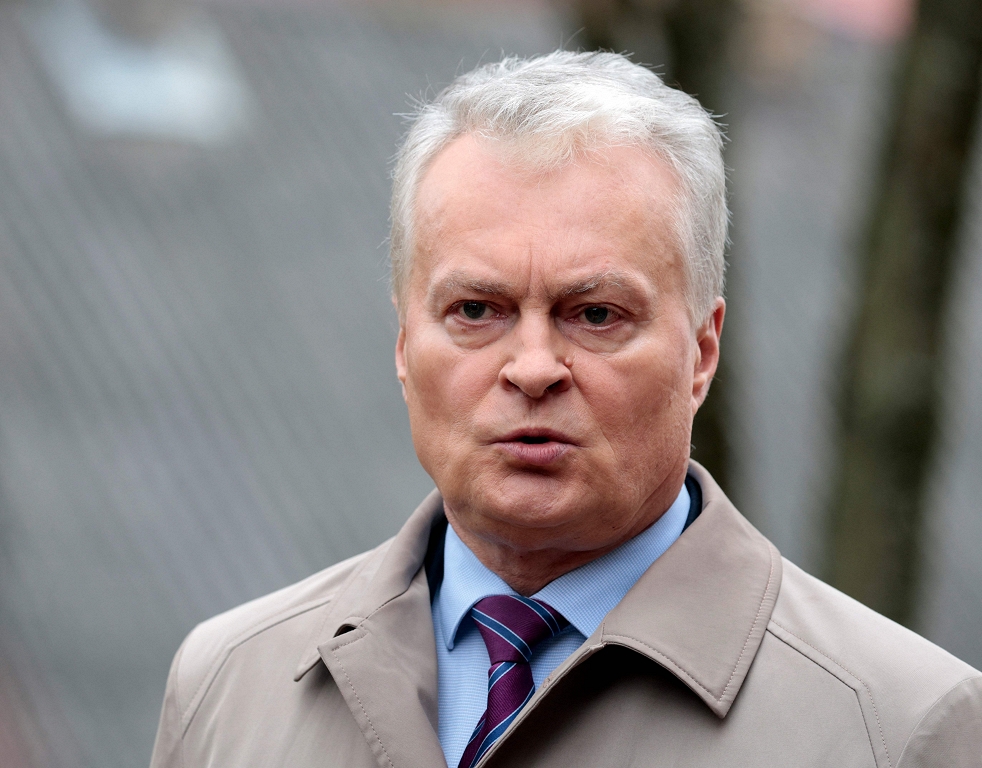Martin Tulit: Russian Orthodoxy will not be prohibited
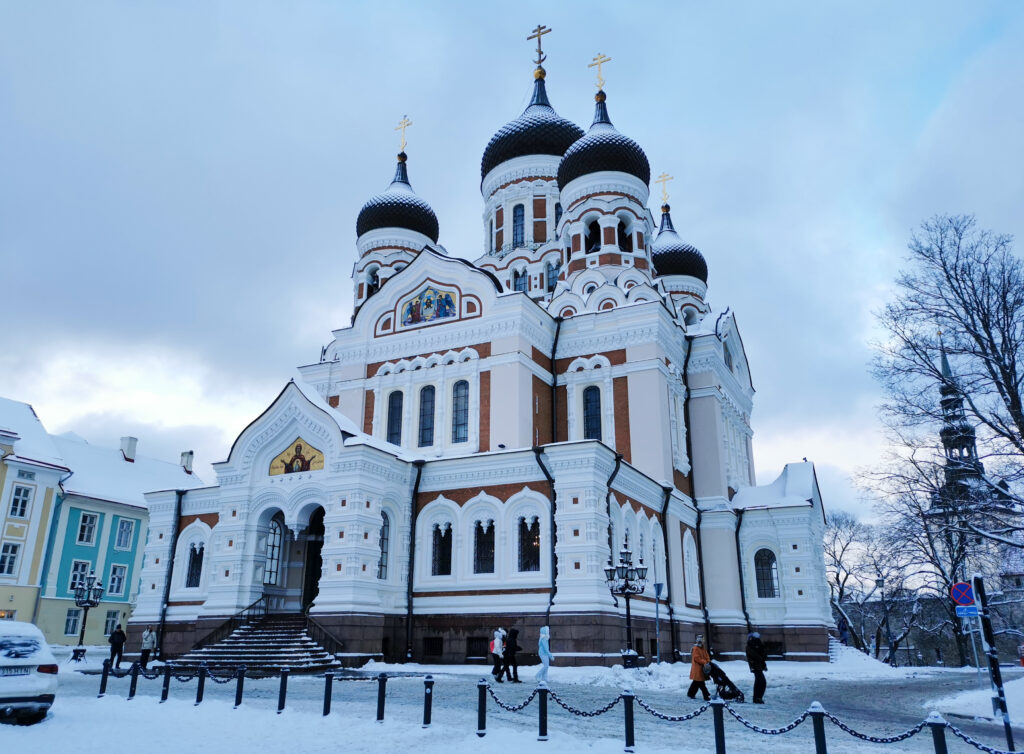
Martin Tulin,
Head of the Department of Religions and Civil Society of the Ministry of the Interior
The head of the department of religion and civil society of the Ministry of Internal Affairs, Martin Tulin, refutes the speculation on the ban on the Russian Orthodox Church and the monastery in Kureye. Tulin emphasizes that Russian Orthodoxy has always taken place in Estonia. Even when in Soviet Russia the Orthodox were persecuted. Readers themselves or their ancestors themselves should remember those times.
Together with the discussion of the bill on amending the law on churches and parishes, the speculation is scattered maliciously or unknowingly that in the plans of the state to ban the traditions of the Russian Orthodox Church in Estonia, to close the churches or the monastery in Kuremaye. This is not true. In case of ignorance, you should rely on reliable sources. For propagandists who are screaming such rumors, it is simple to sow the confusion. The real state of things is different.
The traditions of Russian or Slavic Orthodoxy in Estonia could always be followed. Looking back into the history of the Estonian Republic, it is clear that church liturgy in the Slavic language was conducted at a time when Orthodoxy was persecuted in Soviet Russia and the Church was closed. The Pechora and Pyukhtitsky monasteries have been preserved so far precisely because they were in the Republic of Estonia.
I am sure that Russian -speaking Orthodox live in Estonia, who remember those times on the history of a kind. If the clan originates from the Soviet period in Estonia, then it makes sense to get acquainted with the history of the Russian community in Estonia before the Soviet occupation. Since 1920, according to the traditions of the Russian Orthodox Church, under the Omophor of the Metropolitan of the Estonian Apostolic Orthodox Church (EAC) lived here. And today in the EAC there are churches following Russian traditions. That is, the Russian traditions of Orthodoxy have never been prohibited and will not be prohibited.
Starting last year, the Ministry of the Interior has been negotiating with the Church of the Moscow Patriarchate and with the Pyukhtitsky Monastery, which is subject to the Patriarch of Moscow and All Rus' Kirill (aka Gundyaev). These negotiations concerned the options how these two could free themselves from administrative chains that associate them with the institutions justifying and supporting the war in Ukraine and not only there. After all, we know that Patriarch Kirill spoke of the Holy War with the fallen into the Satanism of the West, made other statements that have no connection with faith, which is always identified with love, sympathy and forgiveness, but there is a common with inhuman ideology, which is present in today's Russia.
Those who talk about the closure of churches and the monastery should recall the 1990s, when neither the Pyukhtitsky Monastery nor the Tallinn ears of the Russian Orthodox Church were registered in the register of churches and parishes as religious organizations. But they acted. It probably never occurred to anyone that in this case the monastery and churches should have been closed.
The understanding that the structures of the Russian Orthodox Church should follow the laws of the Republic of Estonia over time. This was preceded by long negotiations between the state and the church. The then head of the Church, Metropolitan Cornelius and abbess of the monastery of the abbess Barbara, perfectly understood that the confrontation of the current legislation was not into the hands of a church or a monastery.
It is likely that such a personal reflection, whether to put in the first place loyalty to the justifying war by Patriarch Kirill or the Orthodox, who wants to be in the service in the usual form, does not suit organizations loyal to the Kremlin. As history shows, the churches in this case can be different, but Orthodoxy is one.
The churches and parishes, which need to bring their charters and principles of activity in accordance with the law, have two months for this. The Ministry of the Interior gave and is ready to give advice and assistance in working on it. Today, amendments to the law on churches and parishes concern EPCMP, which should stop administrative ties with the Moscow Patriarchate and find alternative opportunities for canonical relations with the Orthodox world. In changing safety conditions, it is possible that other religious organizations that are controlled by religious leaders associated with terrorist regimes will have to go through such processes.
In Ida-Virumaa there are 14 parishes of EPCMP and Pyukhtitsky Monastery
- The parish of the Nativity of the Blessed Virgin Mary, Alaiye
- The parish in honor of St. Nicholas, Yaama
- Temple of Blessed Ksenia in Azeri
- The parish of the Epiphany Temple in Yykhvi
- The temple of the Protection of the Blessed Virgin Mary in Kivi
- Church of the Epiphany, Lokhusuu
- Church of the Transfiguration of the Lord in Kokhtla-Yarva
- Temple of the Icon of the Mother of God, Narva
- Temple in honor of the twelve apostles in Narva
- Temple of the Icon of the Kazan Mother of God, Narva-Yesuu
- Temple of the Icon of the Kazan Mother of God, Sillamyae
- The temple of the Holy Equal-to-the-Apostles Prince Vladimir, Narva-Yesuu
- Temple of the Holy Equal -to -Apostles Cyril and Methodius in Narva
- Narva Voskresensky Cathedral.
We advise parishioners to ask the leaders of the parishes why they have not yet come out of the subordination of the Moscow Patriarchate. The state does not plan to close the churches and the monastery.
The Post Martin Tulit: Russian Orthodoxy will not be prohibited FIRST Appeared on gazeta.ee.



